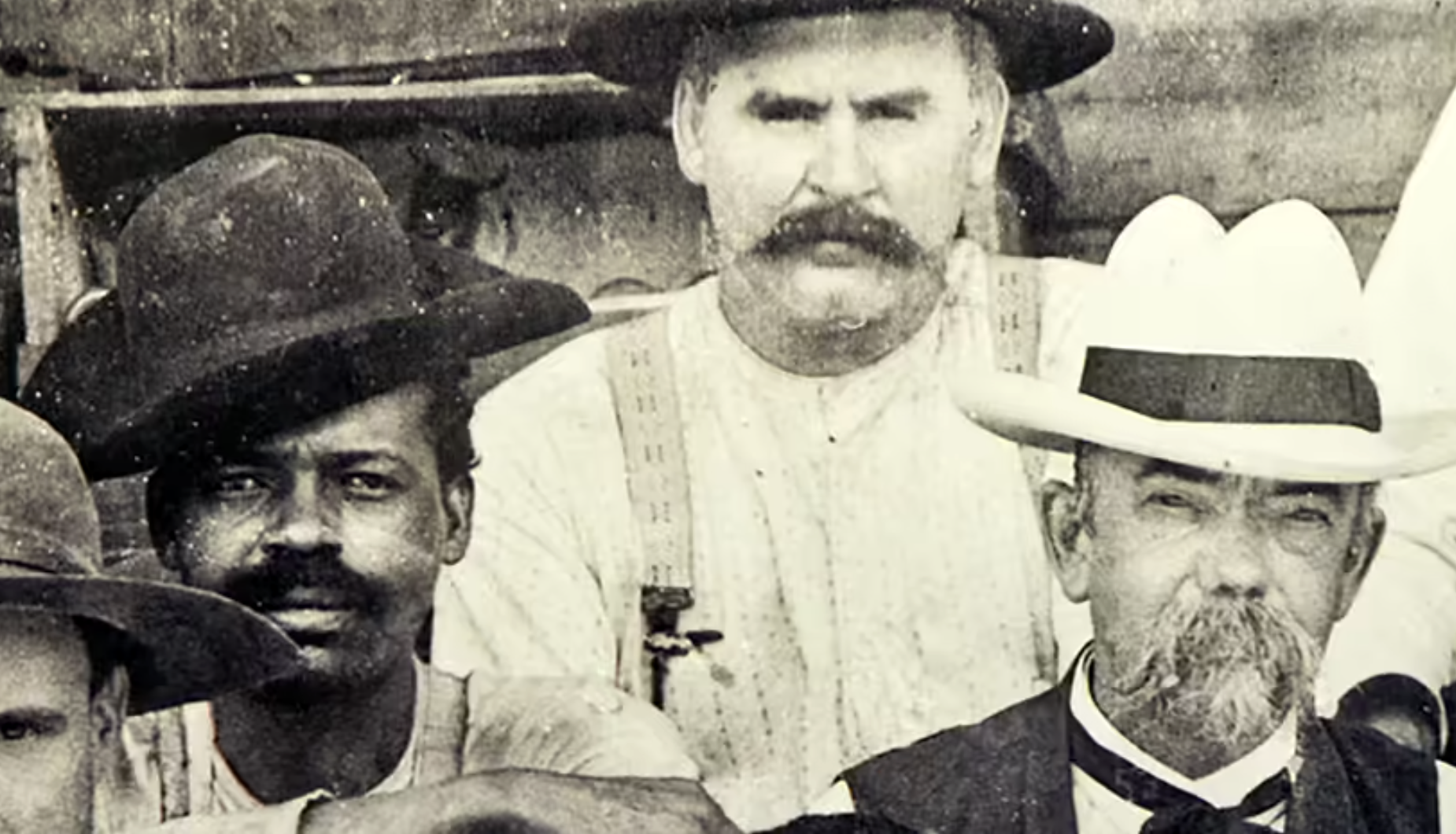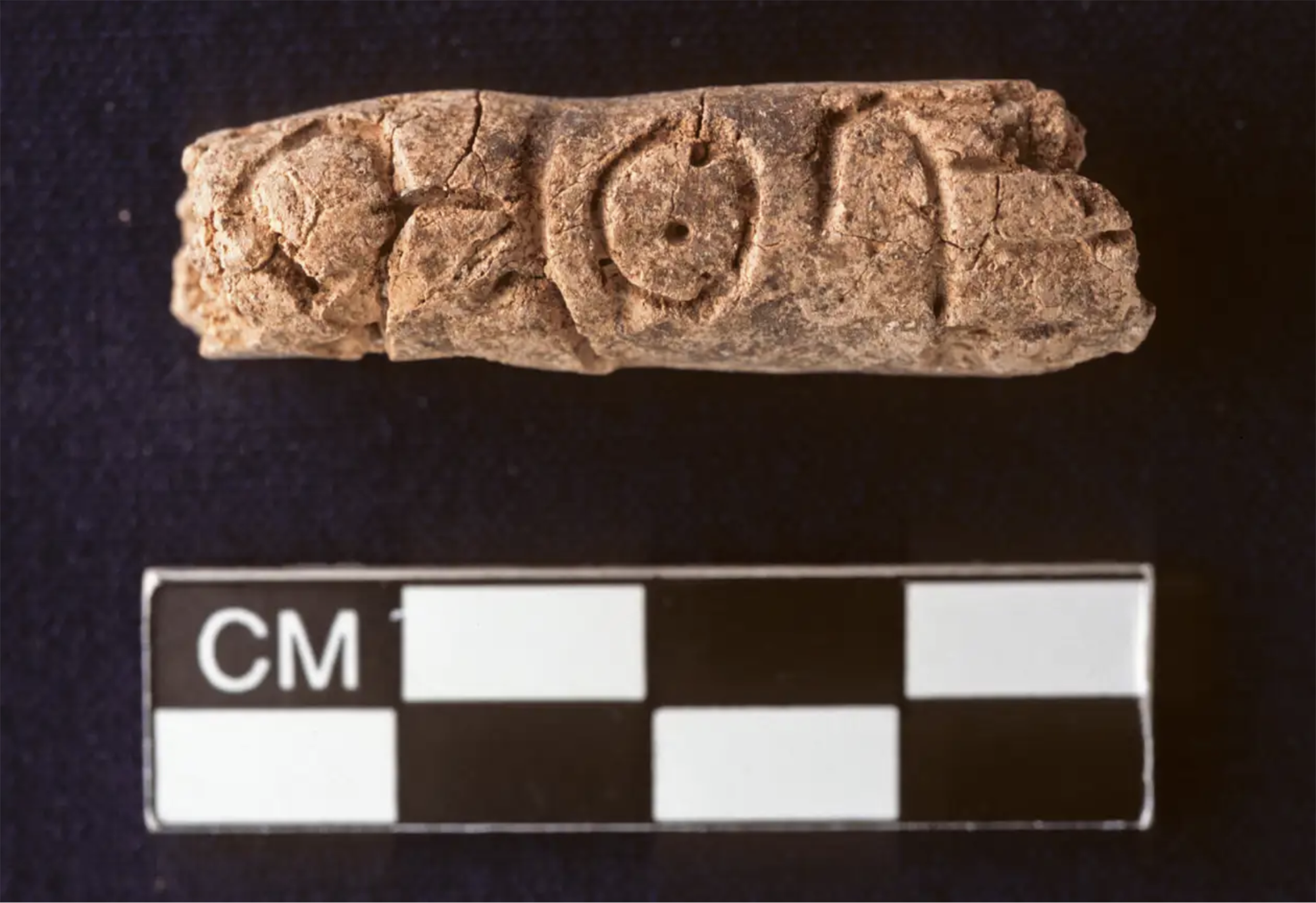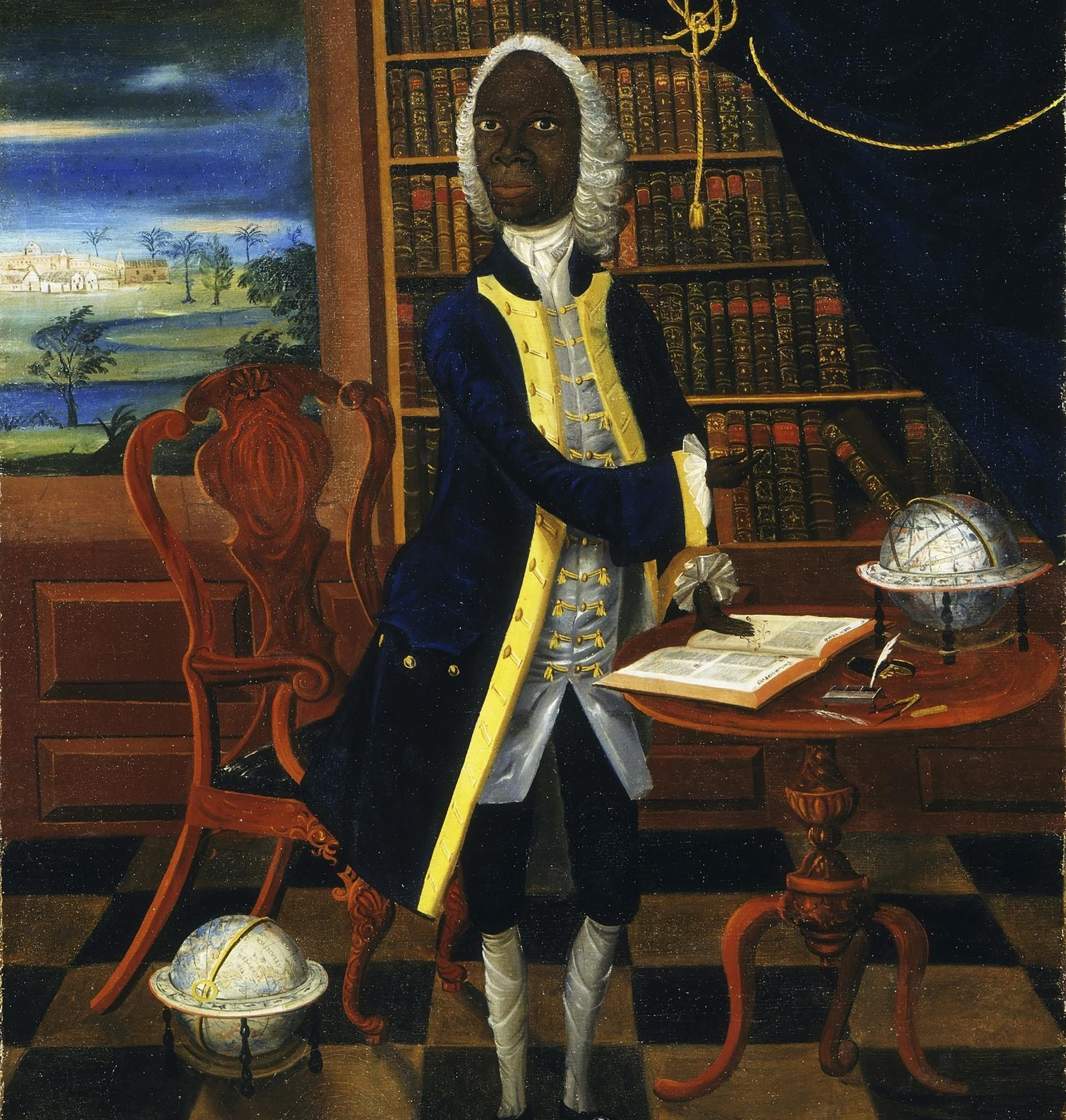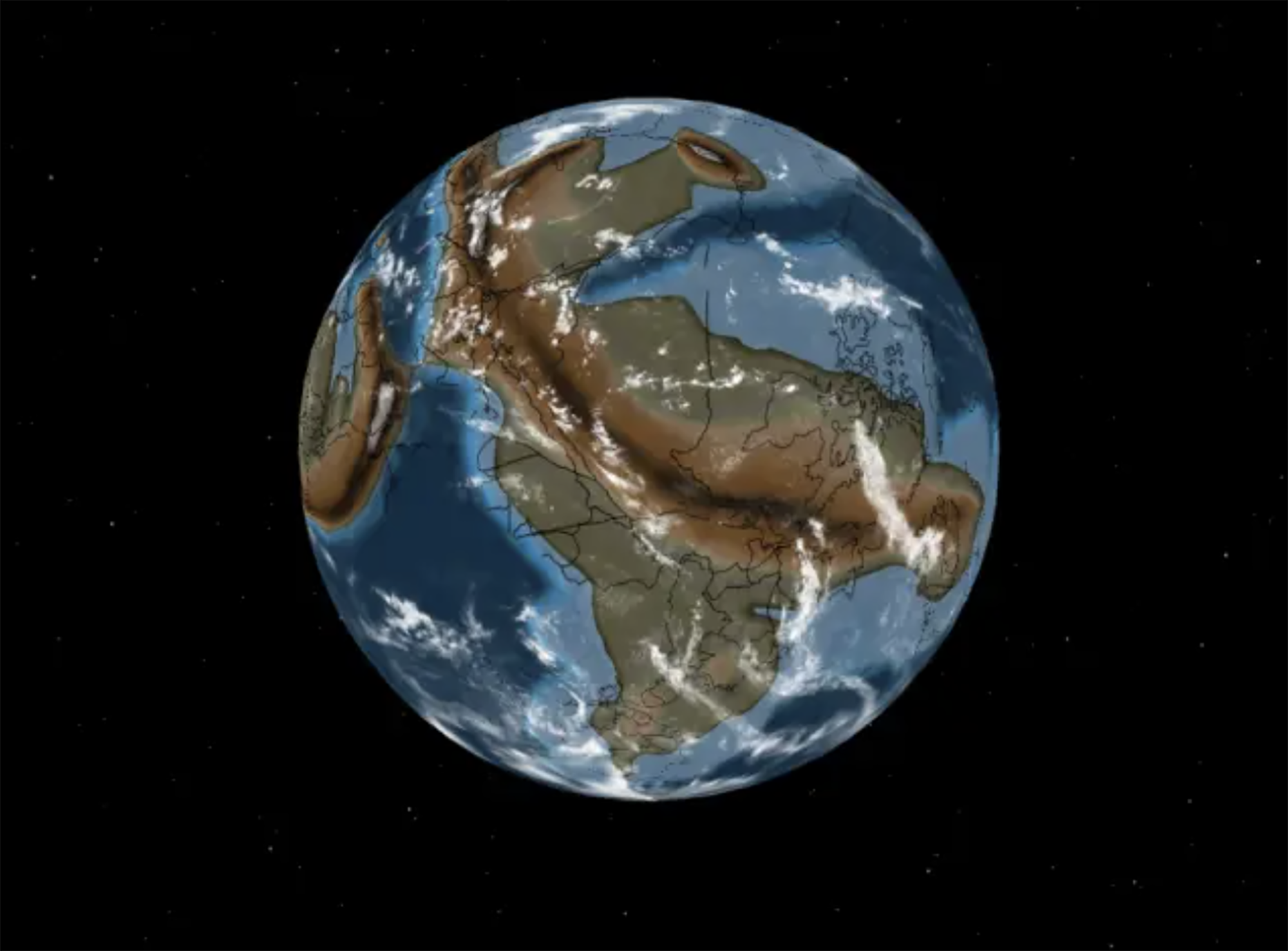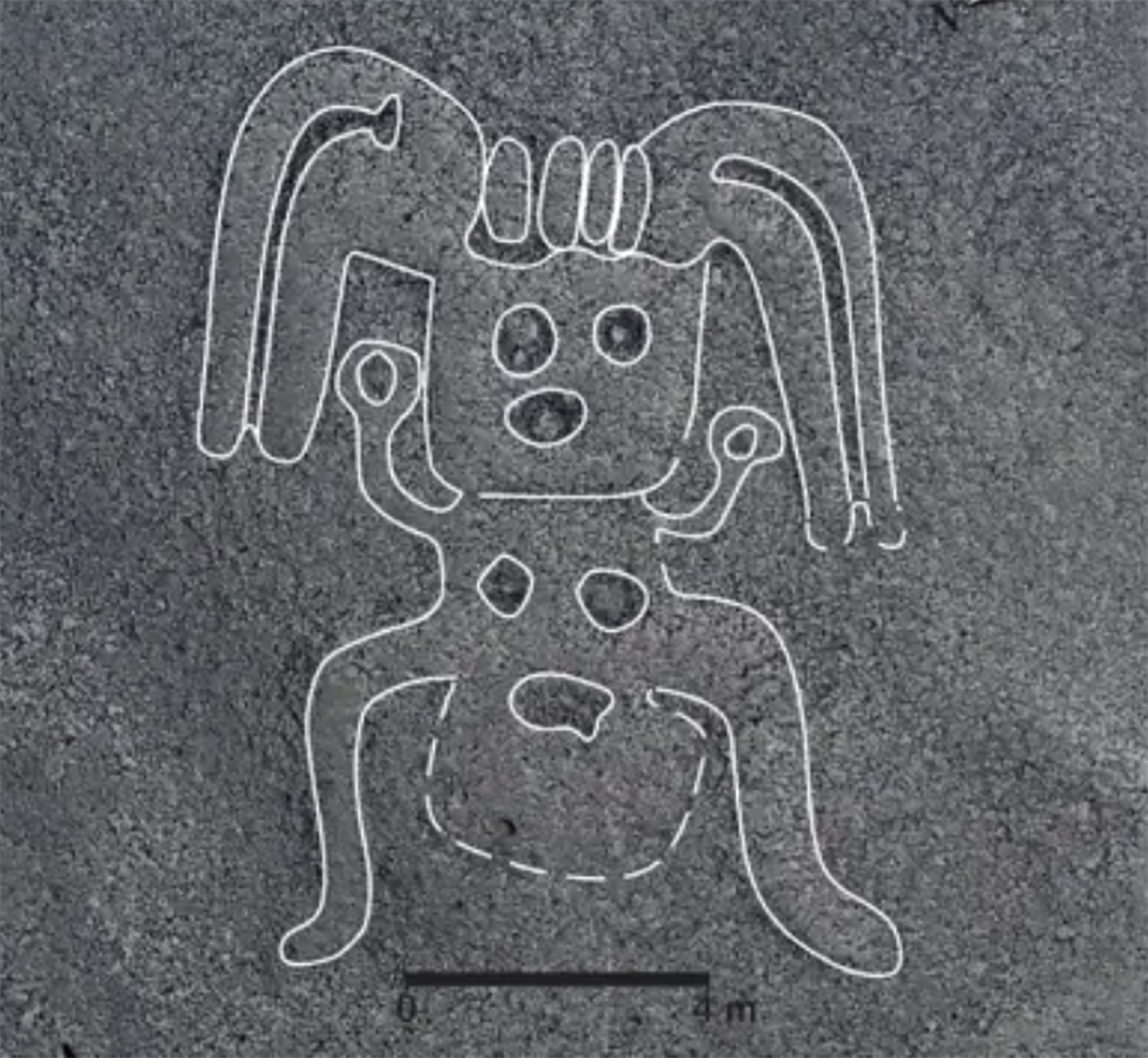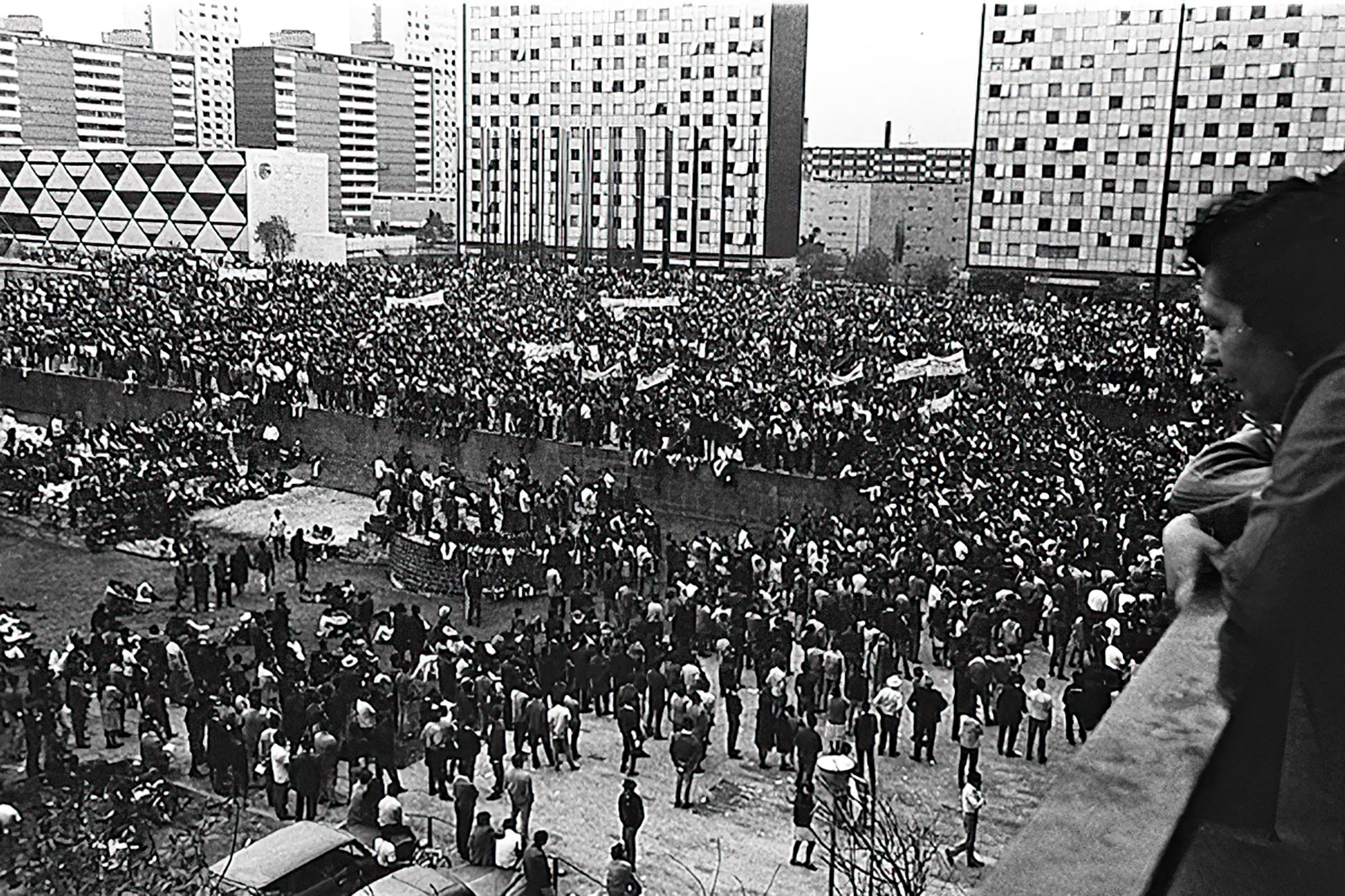First whale loss blow
- Lekeitio and Ondarroa, 11 March 1623. The fishermen's brotherhoods of both countries signed an agreement to share the whale caught together.

Tensions between the peoples of the Basque coast were very frequent, but peoples increasingly joined together to facilitate whaling and profit, albeit divided. In fact, 400 years ago things were changing: Basque fishermen, who for centuries had been leaders and pioneers in whaling, were losing that dominance, especially in favour of English and Dutch fishermen. The enemy was not in the neighboring town, but abroad.
At the beginning of the following century, in the Utretch Treaty of 1713, the Basques lost all their rights to work in Newfoundland. Yet, despite the continued increase in the number of whales hunted, populations of whales, particularly eubalaena glacialis or Basque whale, were not at risk. In the 19th century industrialization was going to push for loss. On the one hand, the steamboat and, in particular, the mechanical wall greatly facilitated whaling. But, above all, the demand for newborn industries was the main cause of the killing, as many machines needed whale oil to work. One of the main drivers of industrialization was the whales killed the railroad; whale oil was also called train oil.
Did fishing bring the whale closer and closer to the Gulf of Bizkaia or did the Basque whales want to catch it more and more?
By then the Basque fishermen were already out of business, so it could be thought that they had no direct responsibility for the destruction of whales.
Humans began exploiting whales, taking advantage of deteriorated whales, and hunting those approaching the coast. The Basques began this way, but in the 14th and 15th centuries they had to go further and further in their search. It is difficult to calculate whale populations of the time and the number of whales captured. Did fishing bring the whale closer and closer to the Gulf of Bizkaia or did the Basque whales want to catch it more and more? Until then, whales were captured for domestic consumption, but Basques pushed the trade in whale products further. With huge profits, they started the whaling industry.
Thus, Basque whales are responsible for the business culture that established the dead whale only for its quantity. Others would put whales in serious danger of extinction, but the Basques provided them with tools to do so.
Tennessee (United States), 1820. The slave Nathan Green is born, known as Nearest Uncle or Nearest Uncle. We do not know exactly when he was born and, in general, we have very little data about him until 1863, when he achieved emancipation. We know that in the late 1850s Dan... [+]
New York, 1960. At a UN meeting, Nigeria’s Foreign Minister and UN ambassador Jaja Wachucu slept. Nigeria had just achieved independence on 1 October. Therefore, Wachuku became the first UN representative in Nigeria and had just taken office.
In contradiction to the... [+]
Researchers at Johns Hopkins University have discovered several cylinders with inscriptions at the present Syrian Reservoir, the Tell Umm-el Marra. Experts believe that the signs written in these pieces of clay can be alphabetical.
In the 15th century a. The cylinders have... [+]
London 1928. At the Victoria and Albert Museum there was a very special painting: in the painting there is a black man, with wig and Levite, surrounded by books and scientific instruments. Thus it was catalogued in the Museum: “Unique satirical portrait representing a failed... [+]
Ethiopia, 24 November 1974. Lucy's skeleton was found in Hadar, one of the oldest traces of human ancestors. The Australian hominid of Australopithecus afarensis is between 3.2 and 3.5 million years old.
So they considered it the ancestor of species, the mother of all of us. In... [+]
A group of archaeologists from the University of Berkeley, California, USA. That is, men didn't launch the lances to hunt mammoths and other great mammals. That was the most widespread hypothesis so far, the technique we've seen in movies, video games ...
But the study, published... [+]
Zamora, late 10th century. On the banks of the Douro River and outside the city walls the church of Santiago de los Caballeros was built. The inside capitals of the church depict varied scenes with sexual content: an orgy, a naked woman holding the penis of a man… in the... [+]
Born 7 November 1924. A group of anarchists broke into Bera this morning to protest against the dictatorship of Primo de Rivera and to begin the revolution in the Spanish state.
Last October, the composition of the Central Board was announced between the displaced from Spain... [+]
Washington (EE.UU. ), 1807. The US Constitution banned transatlantic slave trade. This does not mean that slavery has been abolished, but that the main source of the slaves has been interrupted. Thus, slave women became the only way to “produce” new slaves.
So in 1845, in... [+]
A group of interdisciplinary researchers from the Free University of Berlin and the Zuse Institute have developed a complex mathematical model to better understand how Romanization spread in North Africa.
According to a study published in the journal Plos One, the model has... [+]
While working at a site in the Roman era of Normandy, several archaeology students have recently made a curious discovery: inside a clay pot they found a small glass jar, of which women used to bring perfume in the 19th century.
And inside the jar was a little papelite with a... [+]
Japan, 6 and 9 August 1945, the United States launched an atomic bomb causing tens of thousands of deaths in Hiroshima and Nagasaki; although there are no precise figures, the most cautious estimates indicate that at least 210,000 people died at the end of that year. But in... [+]
A team of researchers led by the Japanese archaeologist Masato Sakai of the University of Yamagata has discovered numerous geoglyphs in the Nazca Desert (Peru). In total, 303 geoglyphs have been found, almost twice as many geoglyphs as previously known. To do so, researchers... [+]
Born 2 October 1968. A few months earlier, the student movement started on June 22 organized a rally in the Plaza de las Tres Cultura, in the Nonoalco-Tlatelolco unit of the city. The students gathered by the Mexican army and the paramilitary group Olympia Battalion were... [+]











